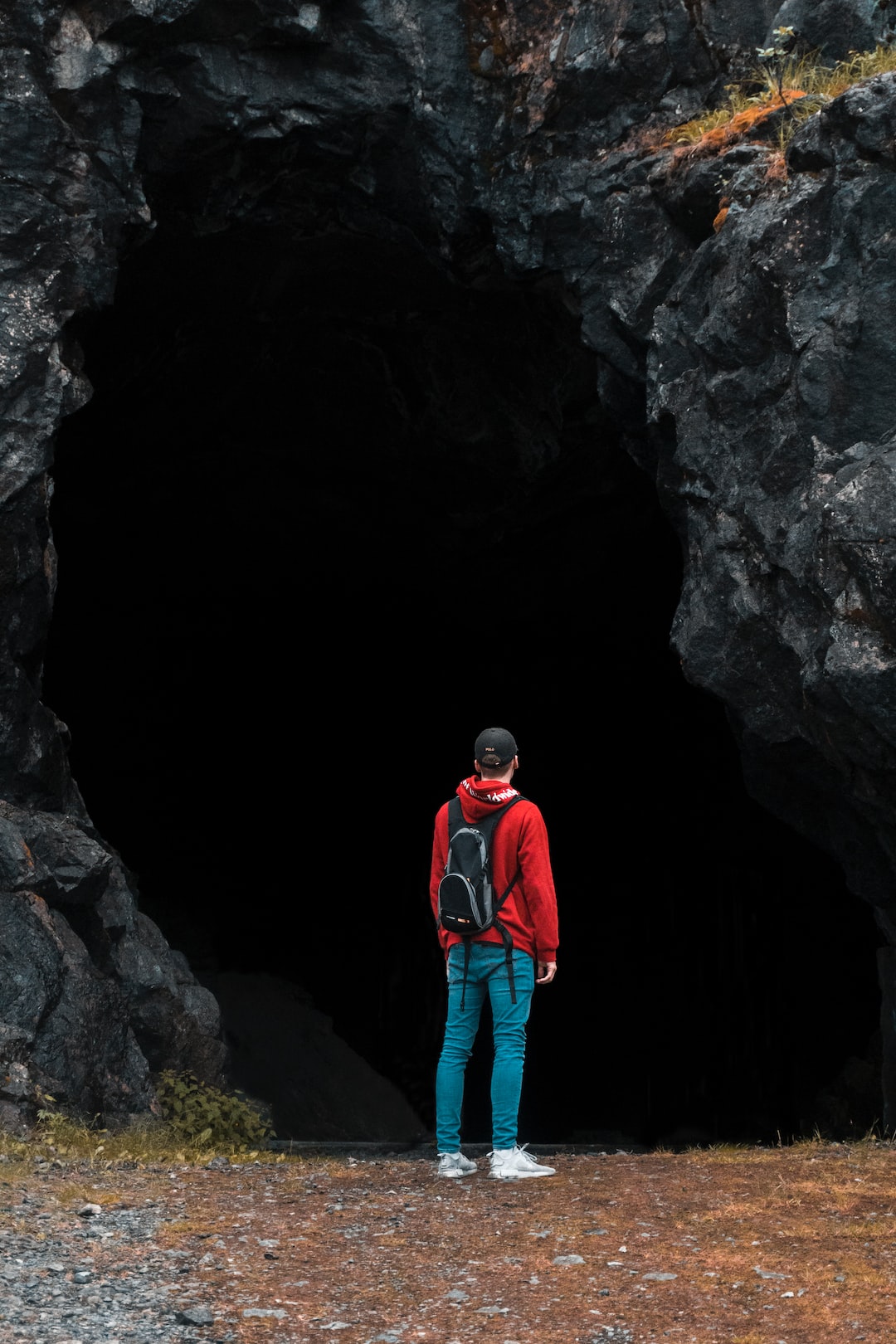Navigating the Wilderness: Essential Tips for Orienteering
Orienteering is an exhilarating outdoor activity that combines navigation, physical fitness, and mental acuity. It involves finding one’s way through the wilderness using a map and compass as the primary tools. Whether you are a beginner or an experienced orienteer, these essential tips will help you navigate the wilderness with ease and confidence.
1. Study the Map: Before setting out on your orienteering adventure, take the time to study the map thoroughly. Familiarize yourself with the terrain, landmarks, and symbols. Understand how to interpret contour lines to determine elevation changes. By knowing the map like the back of your hand, you can plan your route effectively and avoid potential obstacles.
2. Acquire a Quality Compass: A compass is an indispensable tool for orienteering. Invest in a high-quality compass and learn how to use it properly. Orient the map to match the landscape by aligning the compass with the map’s north. This will help you accurately determine your direction of travel and navigate specific bearings.
3. Practice Basic Navigation Techniques: Familiarize yourself with important navigation techniques such as taking bearings, estimating distances, and triangulation. These skills will help you pinpoint your location on the map and navigate towards your desired destination effectively.
4. Be Mindful of Terrain Features: Understanding the different terrain features is crucial for successful orienteering. Pay attention to distinctive landmarks, such as hilltops, valleys, streams, and cliffs. Use these features as reference points to navigate accurately and stay on track.
5. Use Handrails and Catching Features: Handrails and catching features are natural linear or distinct landforms that can guide you along your route. A handrail can be a path, fence line, or river that you can follow to stay on track. Catching features, on the other hand, are large noticeable objects that signal you have reached a specific point. Utilizing these features will help you navigate with confidence.
6. Stay Aware of Time and Distance: While orienteering, it’s essential to keep track of time and distance covered. Monitor how long it takes to travel a certain distance and adjust your pace accordingly. This will ensure you stay on schedule and can help you make decisions about your route if needed.
7. Always Carry Essential Supplies: When venturing into the wilderness, it’s crucial to carry essential supplies such as a first aid kit, extra food, water, and appropriate clothing. Be prepared for unexpected situations and take precautions to ensure your safety.
8. Stay Calm and Focused: Orienteering can be demanding both physically and mentally. It’s essential to remain calm when faced with challenges or if you feel lost. Take a moment to reorient yourself, analyze the map, and assess the situation. Staying focused and composed will help you navigate successfully.
Orienteering is an exciting adventure that allows you to explore the wild while honing your navigation skills. By following these essential tips, you will be well-equipped to navigate the wilderness with confidence. So grab your map, compass, and a sense of adventure and embark on an orienteering journey that will both challenge and reward you.

